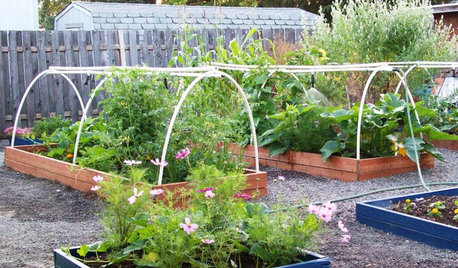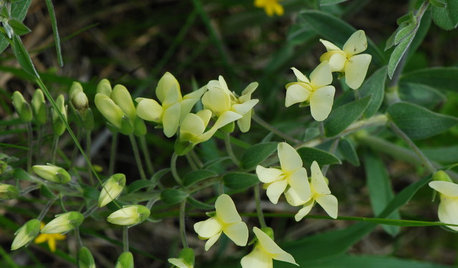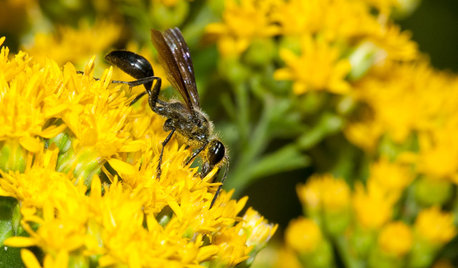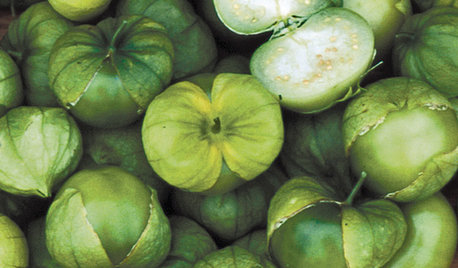Tomatoes and cross-pollination?
gamebird
15 years ago
Related Stories

BENEFICIAL INSECTSAttract Pollinators for a Productive Edible Garden
You can lure bees, butterflies and birds into your yard with the right flowers and nesting spots
Full Story
NATIVE PLANTSPlant These Fall-Flowering Natives in Early Summer for Pollinator Love
These 3 groups of plants will support masses of beneficial insects come autumn
Full Story
FLOWERS AND PLANTSPlant Baptisia Bracteata for Blooms Pollinators Will Love
Longbract wild indigo is great in dry soil, and its spring flowers attract butterflies and bumblebees
Full Story
GARDENING GUIDESMeet the Grass-Carrying Wasp, a Gentle Pollinator of Summer Flowers
These fascinating insects nest in wood cavities and hollow plant stems
Full Story
EDIBLE GARDENSSummer Crops: How to Grow Tomatoes
Plant tomato seedlings in spring for one of the best tastes of summer, fresh from your backyard
Full Story
SUMMER FRUITS AND VEGETABLESSummer Crops: How to Grow Tomatillos
Grow this Mexican native for the freshest salsa verde — and for fewer problems than its tomato cousins
Full Story0

EDIBLE GARDENSGarden BFFs? Why Your Vegetables Are Begging for Companion Plants
Foster friendships among plants for protection from pests, pollination support and color camaraderie
Full Story
GARDENING AND LANDSCAPINGBid Bad Garden Bugs Goodbye and Usher In the Good
Give ants their marching orders and send mosquitoes moseying, while creating a garden that draws pollinators and helpful eaters
Full Story
GARDENING GUIDESAttract Hummingbirds and Bees With These Beautiful Summer Flowers
Roll out a welcome mat for pollinators to keep your landscape in balance and thriving
Full Story
GARDENING GUIDESNortheast Gardener's September Checklist
Pluck those tomatoes, enjoy ever-changing grasses and get an eyeful of exuberant zinnias
Full Story





helenh
Macmex
Related Professionals
Oconomowoc Landscape Architects & Landscape Designers · Wheeling Landscape Architects & Landscape Designers · East Patchogue Landscape Contractors · Eustis Landscape Contractors · Hawaii Landscape Contractors · Lemont Landscape Contractors · North Potomac Landscape Contractors · Pleasant Prairie Landscape Contractors · Waipahu Landscape Contractors · York Landscape Contractors · Dayton Decks, Patios & Outdoor Enclosures · Glendale Decks, Patios & Outdoor Enclosures · Hobart Decks, Patios & Outdoor Enclosures · Medford Decks, Patios & Outdoor Enclosures · Randolph Decks, Patios & Outdoor EnclosuresOkiedawn OK Zone 7
gamebirdOriginal Author
ivillage_rex
Okiedawn OK Zone 7
ivillage_rex
Macmex
Okiedawn OK Zone 7
elkwc
ivillage_rex
ivillage_rex
Okiedawn OK Zone 7
Macmex
Okiedawn OK Zone 7
chickencoupe